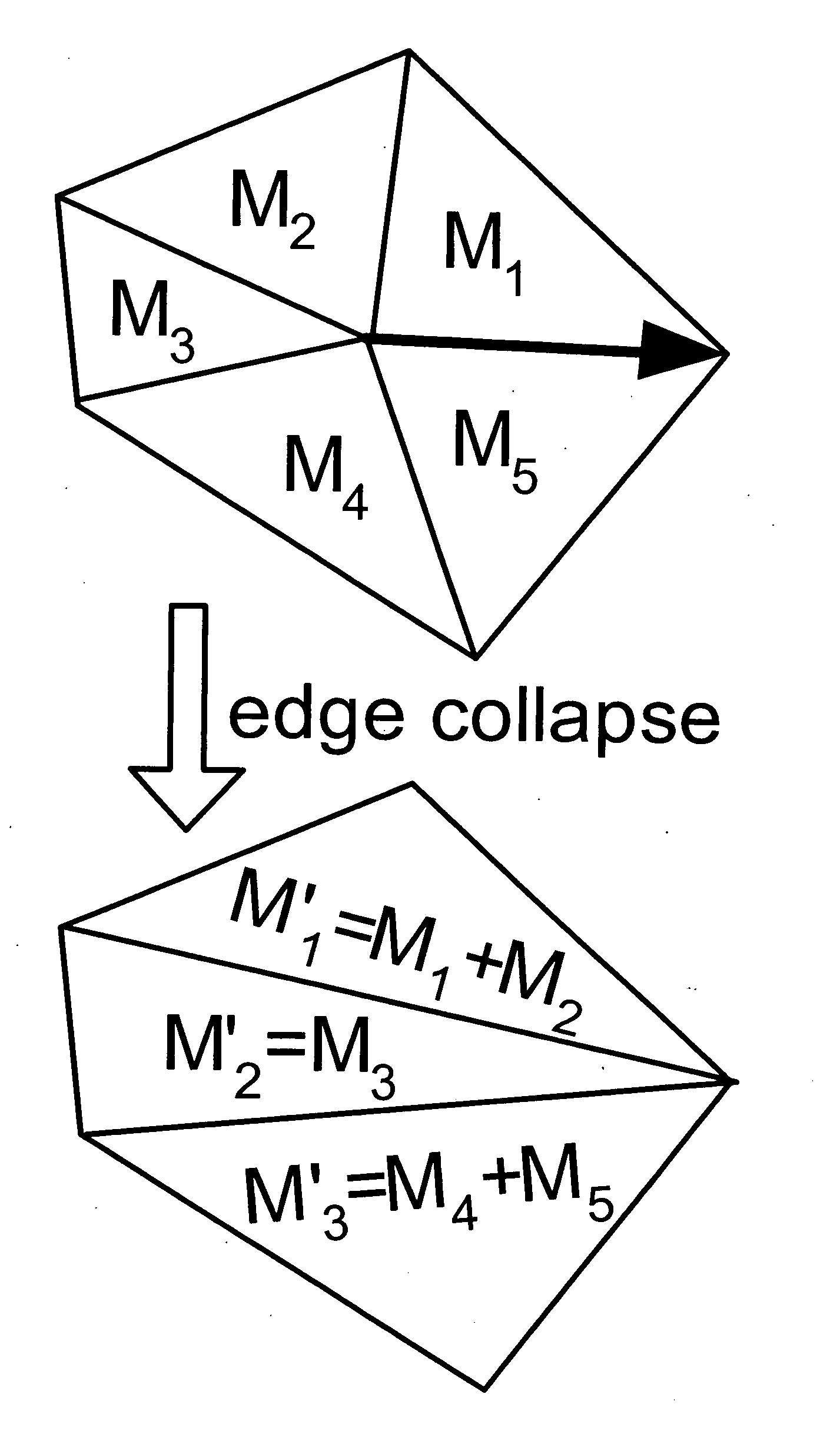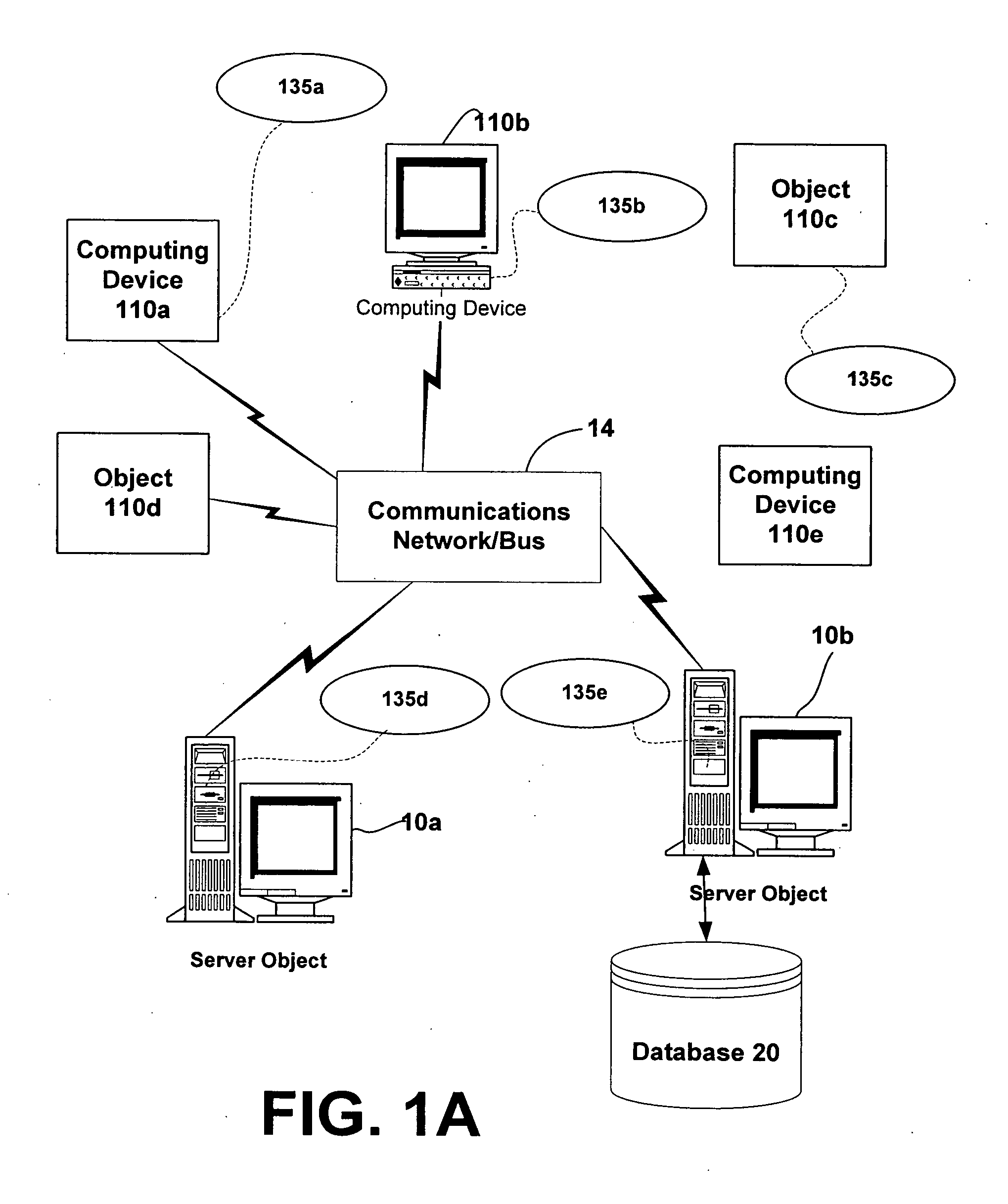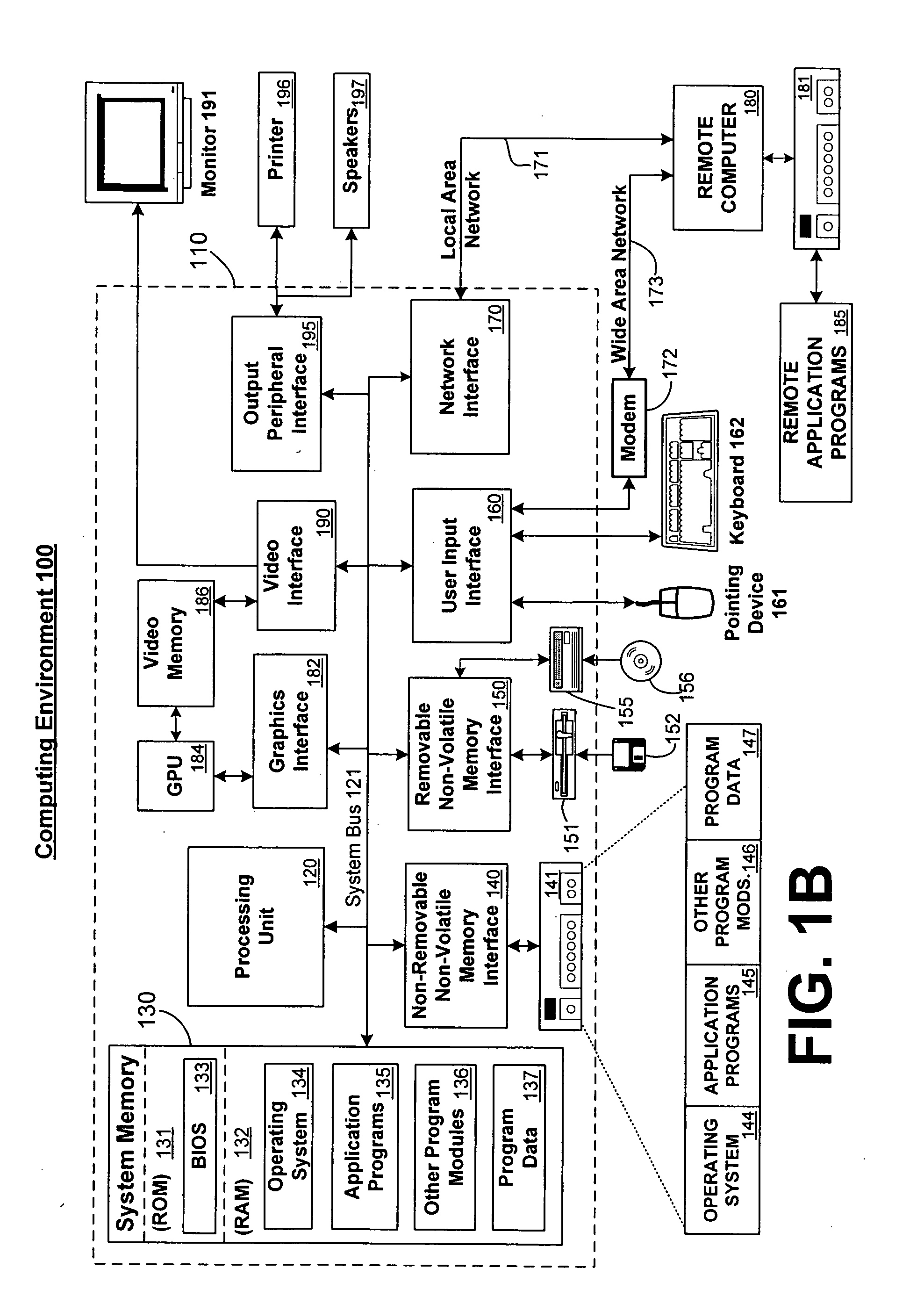Systems and methods for providing a fine to coarse look ahead in connection with parametrization metrics in a graphics system
- Summary
- Abstract
- Description
- Claims
- Application Information
AI Technical Summary
Benefits of technology
Problems solved by technology
Method used
Image
Examples
Embodiment Construction
Overview
[0026] As described in the background, there are a number of pre-existing techniques for parametrizing a mesh for later reconstruction. For instance, the techniques of Hormann, Greiner and Campagna solve a sequence of progressively more refined parametrization problems; however, their techniques do not gather any information about finer levels when parametrizing the coarser meshes, and thus provide no “look ahead” as provided in accordance with the invention. The present invention provides a technique that improves on the use of pre-existing parametrization metrics in connection with the generation of an array of level of detail approximations of the surface mesh.
[0027] A main contribution of the invention is the provision of efficient parametrization algorithm(s) to minimize a parametrization metric using a multiresolution hierarchy in connection with which (1) the metric values are computed on the fine mesh triangles, and propagated fine-to-coarse in the hierarchy and (...
PUM
 Login to View More
Login to View More Abstract
Description
Claims
Application Information
 Login to View More
Login to View More - R&D
- Intellectual Property
- Life Sciences
- Materials
- Tech Scout
- Unparalleled Data Quality
- Higher Quality Content
- 60% Fewer Hallucinations
Browse by: Latest US Patents, China's latest patents, Technical Efficacy Thesaurus, Application Domain, Technology Topic, Popular Technical Reports.
© 2025 PatSnap. All rights reserved.Legal|Privacy policy|Modern Slavery Act Transparency Statement|Sitemap|About US| Contact US: help@patsnap.com



